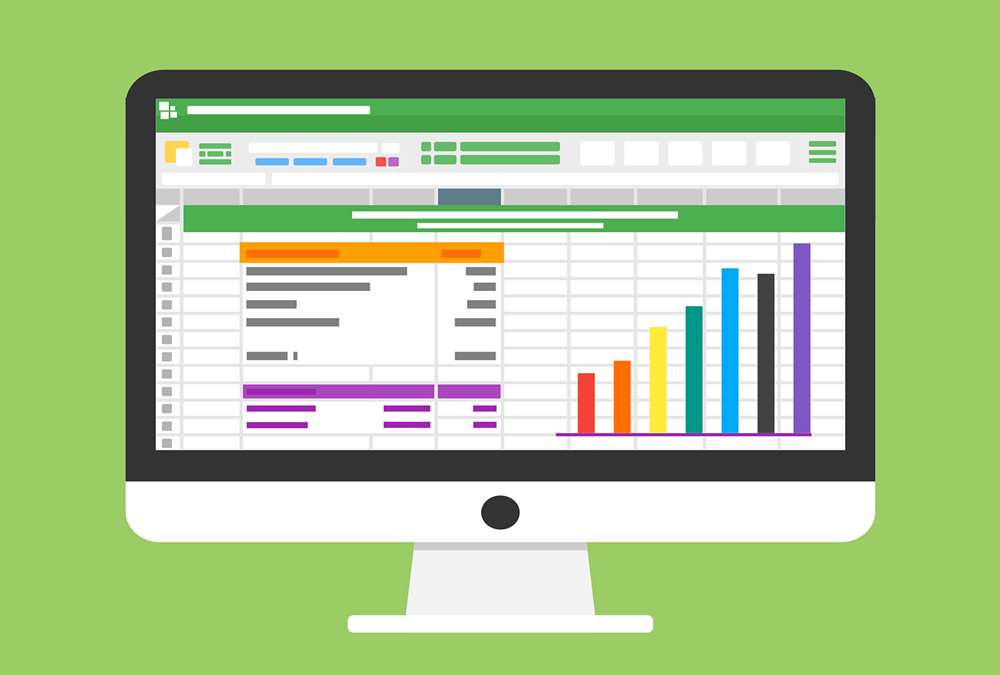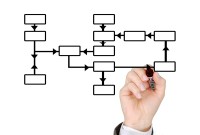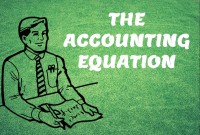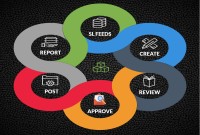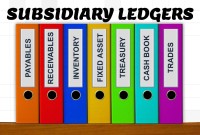- Home
- Business Processes
- Industry Knowledge
- Aerospace Industry
- Automotive Industry
- Banking Domain
- BFSI Industry
- Consumer/ FMCG Industry
- Chemicals Industry
- Engineering & Construction
- Energy Industry
- Education Domain
- Finance Domain
- Hospitality Domain
- Healthcare Industry
- Insurance Domain
- Retail Industry
- Travel and Tourism Domain
- Telecom Industry
- Leadership Skills
- eLearning
- Home
- Business Processes
- General Ledger (Record to Report)
- GL - Inquiry & Drilldown
GL - Inquiry & Drilldown
An account inquiry is a review of any type of financial account, whether it be a depository account or a credit account. In this tutorial, you learn what we mean by drill through functionality in the context of the general ledger system. We will explain the concept of drill-down and how it enables users to perform account and transaction inquiry at a granular level and the benefits of using this functionality.
What is Account Drilldown?
In information technology, to drill down means to move from summary information to detailed data by zooming in on something. In an ERP environment, "drilling-down" may involve clicking on some account balance or summary representation in order to reveal transactional data.
To drill down is to navigate through a series of steps, for example, the user starts with the summary balances that are made up of a group of accounts with individual balances, and drill down takes the user through the hierarchy to the individual account balances. The individual account balances are made up of transactions that have been posted in those accounts for a specified period and further drill down at this second level takes the user to the set of transactions. These steps of moving from summary balance to account balance belong to the general ledger system, however, the transactions might have originated from a subsidiary ledger. Further drill down at this level will take the user to a level of greater detail where the user can see the original transaction in the sub-ledger itself. Here in the drill-down process, the user is navigating from a higher level of consolidated information to a deeper level into data, without leaving the source system or changing user access.
When one drills down, one performs de facto data analysis on a parent attribute and inquiry of the detailed attributes that constitute the parent attribute. Drilling down provides a method of exploring multidimensional data by moving from one level of detail to the next. Drill-down levels depend on the data granularity and drill-down is a sub-function of inquiry and analysis. Drilldown functionality allows business users to gain better business insight to make critical decisions in order to beat out their competition.
Upstream & Downstream Systems:
Upstream Systems: In geography, upstream literally means towards the source of a stream or river, or against the normal direction of water flow. In the context of general ledger, upstream systems refer to the systems that send data to the general ledger system. In other words, upstream systems are subsidiary ledgers and other source systems that are capturing the transactional data and sending the accounting data to the general ledger for further processing.
Downstream Systems: Similarly, in geography, downstream literally means away from the source of a stream or river, or in the normal direction of water flow. In the context of the general ledger system, downstream systems refer to the systems that take data from the general ledger as their input. Some examples are consolidation systems, enterprise performance management systems (EPM), reconciliation systems, or business intelligence systems. The financial data from the general ledger are carried over as input for these downstream systems for further processing.
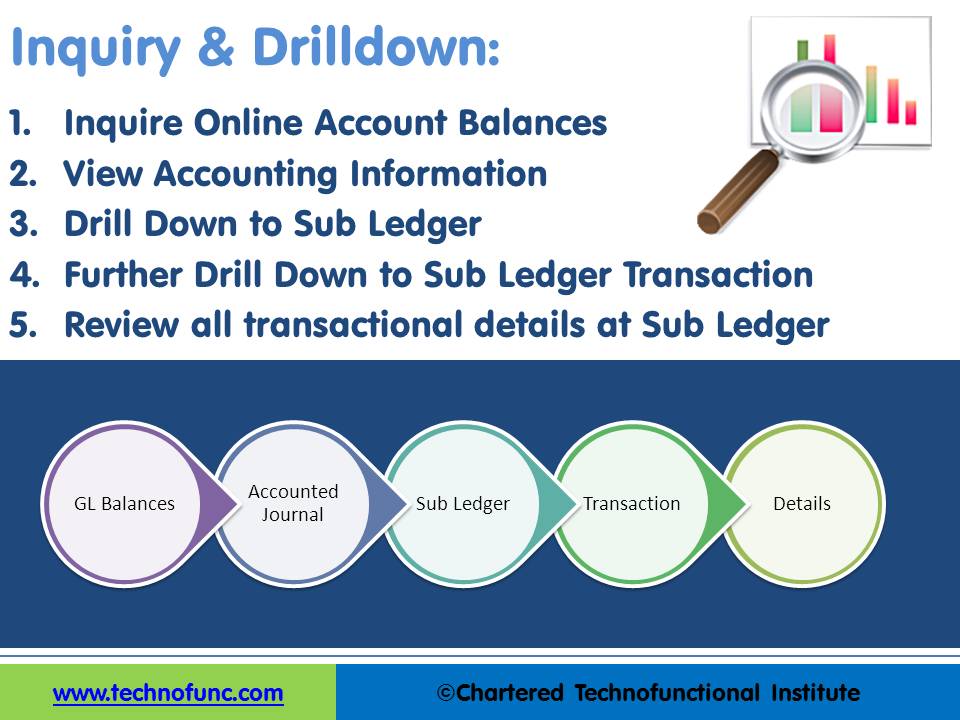
Drilldown from General Ledger to Upstream Systems:
In the advances general ledger systems, users can drill down to sub-ledgers details from General Ledger and can get all of the transaction details that comprise an account balance, regardless of which sub-ledger originated the transaction. This functionality helps in analyzing any account balance by understanding the source of the transaction and viewing additional information that has been captured in the source system and not imported into the general ledger system.
Drilldown from Downstream Systems to General Ledger:
Many advanced EPM or Consolidation downstream systems provides the users with the capability to drill down from their system to underlying Enterprise Resource Planning (ERP) transaction data. Some examples with the ability to drill down from Enterprise Performance Management (EPM) applications are Oracle Hyperion Financial Management System and Oracle Hyperion Planning. An example of a consolidation system is Oracle Financial Consolidation Hub. These systems allow the user to drill down from consolidated information to the related general ledger system. This provides users with greater visibility into business processes and a greater understanding of the consolidated data.
For most organizations, the basis for global financial consolidation, reporting and analysis, planning, budgeting, and forecasting are derived from a company's existing operational information which is generally stored in many different general ledgers like Oracle, SAP, PeopleSoft, or JD Edwards systems and drill down allows the user to see the actual data in the various general ledgers that constitute the data in these systems.
Drilldown within General Ledger System:
There are various drill-downs that are available in the general ledger system. We will briefly explain each one of them:
1. Interactive Report:
A Drill-Down Report is also called an Interactive Report and has more detail and capability to analyze and inquire data at a granular level. For example, the user is looking at the Balance Sheet Report with drill-down functionalities. The top-level information contains consolidated balances for a group of accounts such as current assets, fixed assets, etc. The drill-down functionality helps the user to select a line item (e.g., fixed assets) and drill-down further to a detailed list (secondary list) which displays various components of the fixed assets such as land, buildings, machinery, etc.
2. Summary Balances:
Some general ledgers provide the functionality to maintain summary accounts that contain consolidated balance for the group of accounts clubbed under that summary account. Users may drill-down to individual group accounts by using the drill-down functionality.
3. Account Balances:
Drilling down on balances in the general ledger may take the user to line level transactions constituting those balances.
4. Account Transactions:
Drilling down on balances will take the user to the journal where the transaction has been captured in the source system.
Related Links
You May Also Like
-
Hierarchical Organization Structures
Hierarchical structure is typical for larger businesses and organizations. It relies on having different levels of authority with a chain of command connecting multiple management levels within the organization. The decision-making process is typically formal and flows from the top down.
-
In this article we will help you understand the double-entry accounting system and state the accounting equation and define each element of the equation. Then we will describe and illustrate how business transactions can be recorded in terms of the resulting change in the elements of the accounting equation.
-
GL - Review & Approve Journals
Review and Approval mechanisms ensure that the accounting transaction is reasonable, necessary, and comply with applicable policies. Understand why we need review and approval processes, what are they, and how they are performed in automated general ledger systems. Learn the benefits of having journal approval mechanisms in place.
-
In most of the automated financial systems, you can define more than 12 accounting periods in a financial year. This article will explain the concept of the adjustment period and the benefits of having adjustment periods. Adjustment periods have their inherent challenges for the users of financial statements and there is a workaround for those who don’t want to use adjustment periods.
-
Divisional Organizational Structures
The divisional structure or product structure consists of self-contained divisions. A division is a collection of functions which produce a product. It also utilizes a plan to compete and operate as a separate business or profit center. Divisional structure is based on external or internal parameters like product /customer segment/ geographical location etc.
-
Driving Business Efficiency through Divisions and Departments
In case of a multi-divisional organizational structure, there is one parent company, or head-office. And that parent owns smaller departments, under the same brand name. Dividing the firm, into several self-contained, autonomous units, provides the optimal level of centralization, in a company.
-
In this article, we will explain the general Ledger journal processing flow from entering journals to running the final financial reports. Understand the generic general ledger process flow as it happens in automated ERP systems. The accounting cycle explains the flow of converting raw accounting data to financial information whereas general ledger process flow explains how journals flow in the system.
-
For any company that has a large number of transactions, putting all the details in the general ledger is not feasible. Hence it needs to be supported by one or more subsidiary ledgers that provide details for accounts in the general ledger. Understand the concept of the subsidiary ledgers and control accounts.
-
McKinsey 7S Framework is most often used as an organizational analysis tool to assess and monitor changes in the internal situation of an organization. The model is based on the theory that, for an organization to perform well, seven elements need to be aligned and mutually reinforcing.
-
The sole trader organization (also called proprietorship) is the oldest form of organization and the most common form of organization for small businesses even today. In a proprietorship the enterprise is owned and controlled only by one person. This form is one of the most popular forms because of the advantages it offers. It is the simplest and easiest to form.
Explore Our Free Training Articles or
Sign Up to Start With Our eLearning Courses

About Us
Learning
© 2023 TechnoFunc, All Rights Reserved
